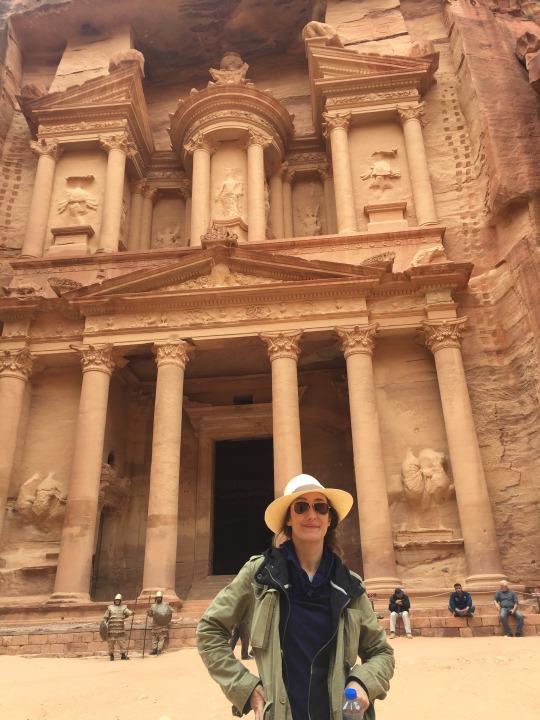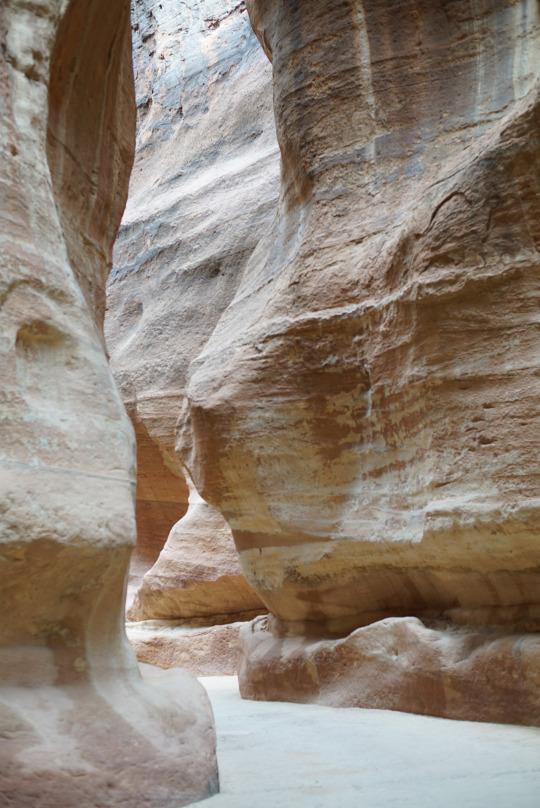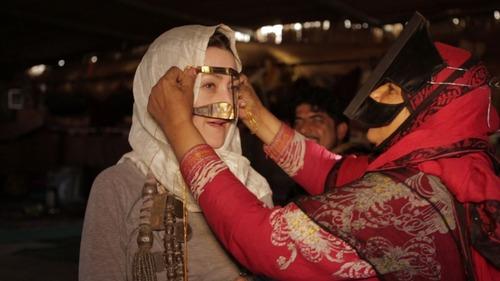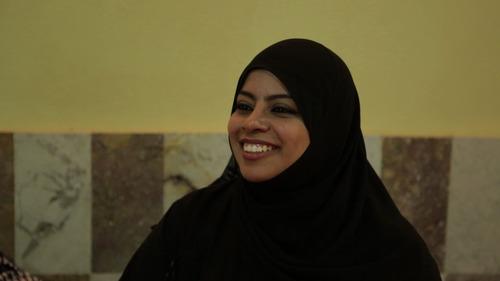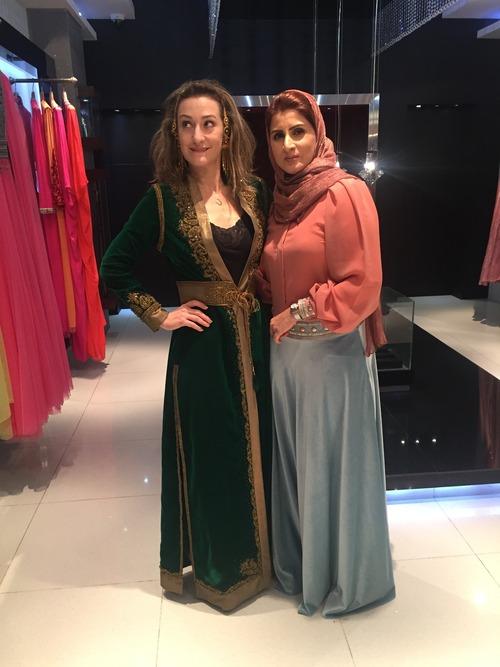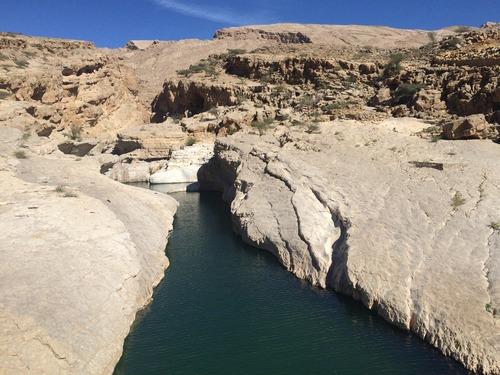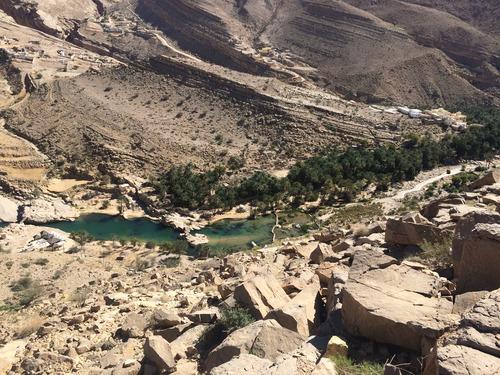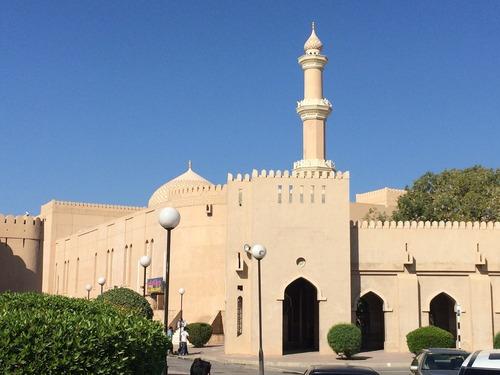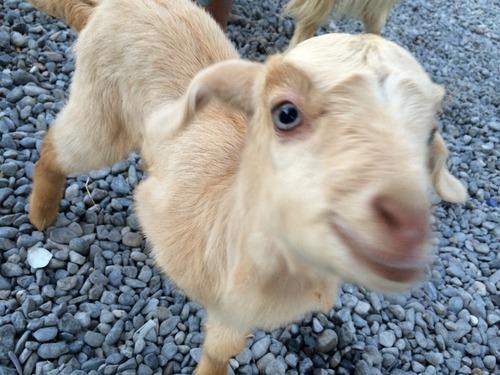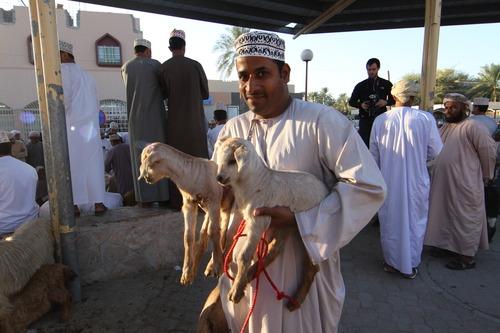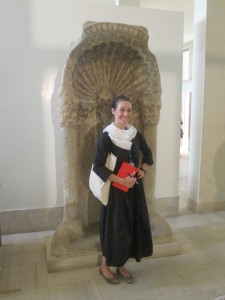As the Pulitzer Prize-winning author and poet Carl Sandburg once said, “Nearly all the best things that came to me in life have been unexpected, unplanned by me.” This is how I feel about travel. While I plan the trip, the best part is meeting people along the way — and sometimes, very rarely, running into someone you adore whom you never thought you’d see again.
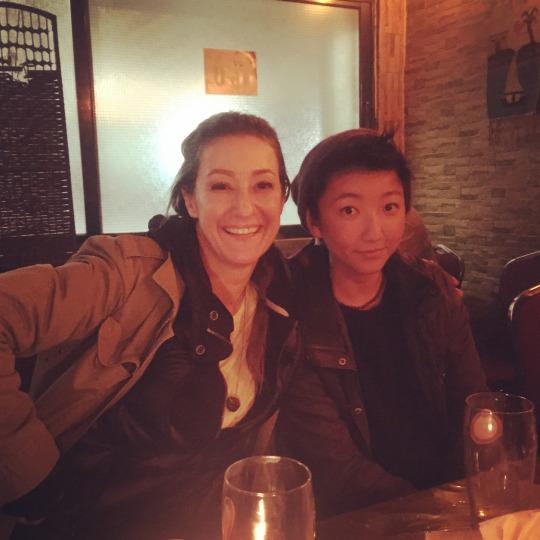
Candace and me, hanging in the Jordan Bar in Amman.
This was the case with Candace Lau. As you may remember, I went skiing in Afghanistan last year for the Afghan Ski Challenge and met Candace, an Australian woman who had set off to travel around the world for as long and as cheaply as possible. She is fearless, and cheap in the Middle East meant public transportation — so she cross-dressed her way across Pakistan and Afghanistan and parts of Iran. We met during her Afghanistan leg and have been Facebook friends ever since.
If you don’t remember Candace or her story (which was insane), watch this before you go any further; it adds context and will reintroduce my crazy pal:
Related: Avalanches, Death Threats, and No Ski Lift: The Most Dangerous Ski Race in the World
When I left Candace in Afghanistan, I wasn’t sure if I would ever see her again — not just because she was a Western woman traveling alone as a man in one of the most conservative Islamic countries in the world, but because the fact of travel is: You meet people on the road who change your life, and due to time, distance, finances, and opportunity, most times you have to carry them in your heart, as seeing them in person again is unlikely.
So I was beyond shocked when I ran into Candace — randomly, I might add — in Jordan last month. She’d escaped Afghanistan (just barely — watch the video at the beginning of this piece to hear the story; it’s shocking that she’s still alive) and taken a bus into Iran before heading to Israel, Palestine, and Jordan.
Related: Ladies’ Night in Amman, Jordan: Not as Tame as You Think
I was traveling through Jordan in a tricked-out tour bus like a Persian Liberace on the loose and had oodles of room, so I invited her onboard for the rest of the week that I was in the country.
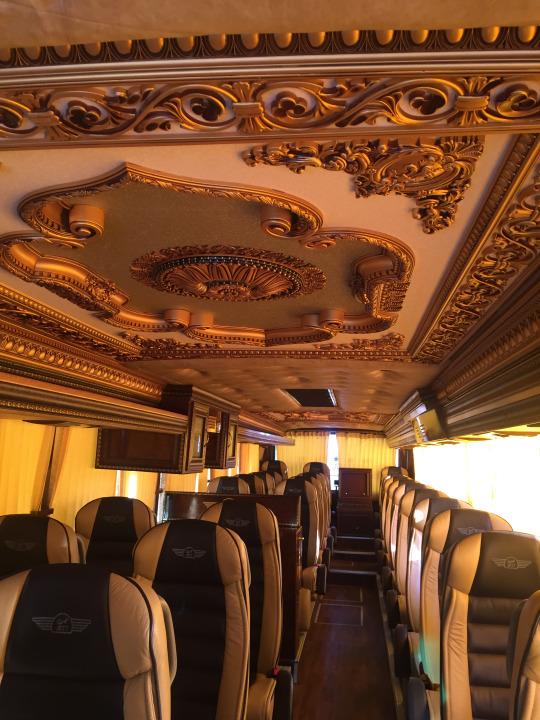
This was my bus. Not kidding. There were four of us riding in it — with Candace, five. I felt like Cher.
You may be asking, “What the heck? What kind of budget do you have over there?” The answer is none. We did these past few Jordan shoots with the help of the Jordanian Tourism board, and my producer, Nicola, had told them, “It’s four of us and our equipment — please make sure we have access to something larger than a Land Rover.” They gave us the ultimate party bus. We were in heaven. And ready to take on more passengers — like Candace.
Related: Travel Back in Time With the Bedouins of Jordan
“Come on — you can take a decent shower, have awesome dinners, and we can hang!” I told her. “Besides, you said you always wanted to see Wadi Rum.” Candace, who’d been thinking of heading north instead of south, changed her plans and agreed.
And so we got a chance to really catch up.
“What was Iran like?” I asked.
“It was great — it had paved roads,” she said. “I was on a bus from Herat [Afghanistan], and it was so bumpy and awful I thought I was going to [vomit], and the second we crossed into Iran, it was paved roads and smooth sailing.”
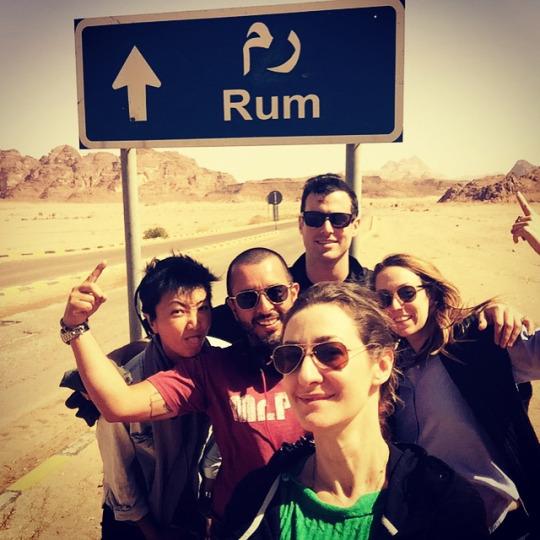
Candace, me, and the “A Broad Abroad” crew arriving in Wadi Rum.
Hilariously, she also said that her mother (back in Australia) — who clearly had no access to the Internet or Facebook — had no idea what she’d been up to for the past couple of years.
“She thinks I’m in Austria working,” Candace said. “I didn’t want to worry her, so … but I will tell her everything when I go home at the end of this year.”
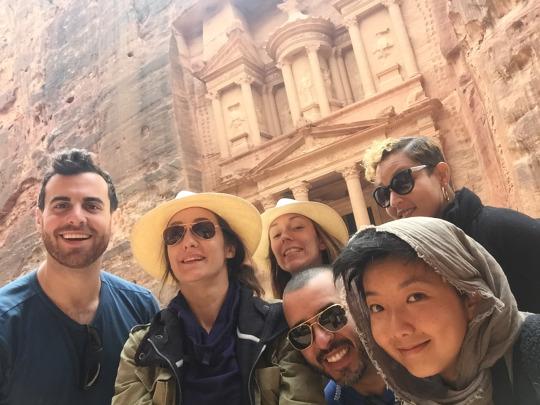
We also took Candace to Petra, on the way to Wadi Rum.
We got to Wadi Rum via Petra, and after two days, which included a hoedown in the desert, Bedouin style, and several camel treks, Candace left to herd goats with the family of a friend of a friend deeper in the desert for a week. It was surreal and magical running into a friend who had made such a big impression on me in such a short time — and it’s part of the beauty of life on the road, traveling.
Candace is now in India, still rocking and making her way (very slowly) back to Australia. We wish her luck!
WATCH: Women’s Rights, Freedom, and ISIS: Jordanian Street Artists Express Themselves

